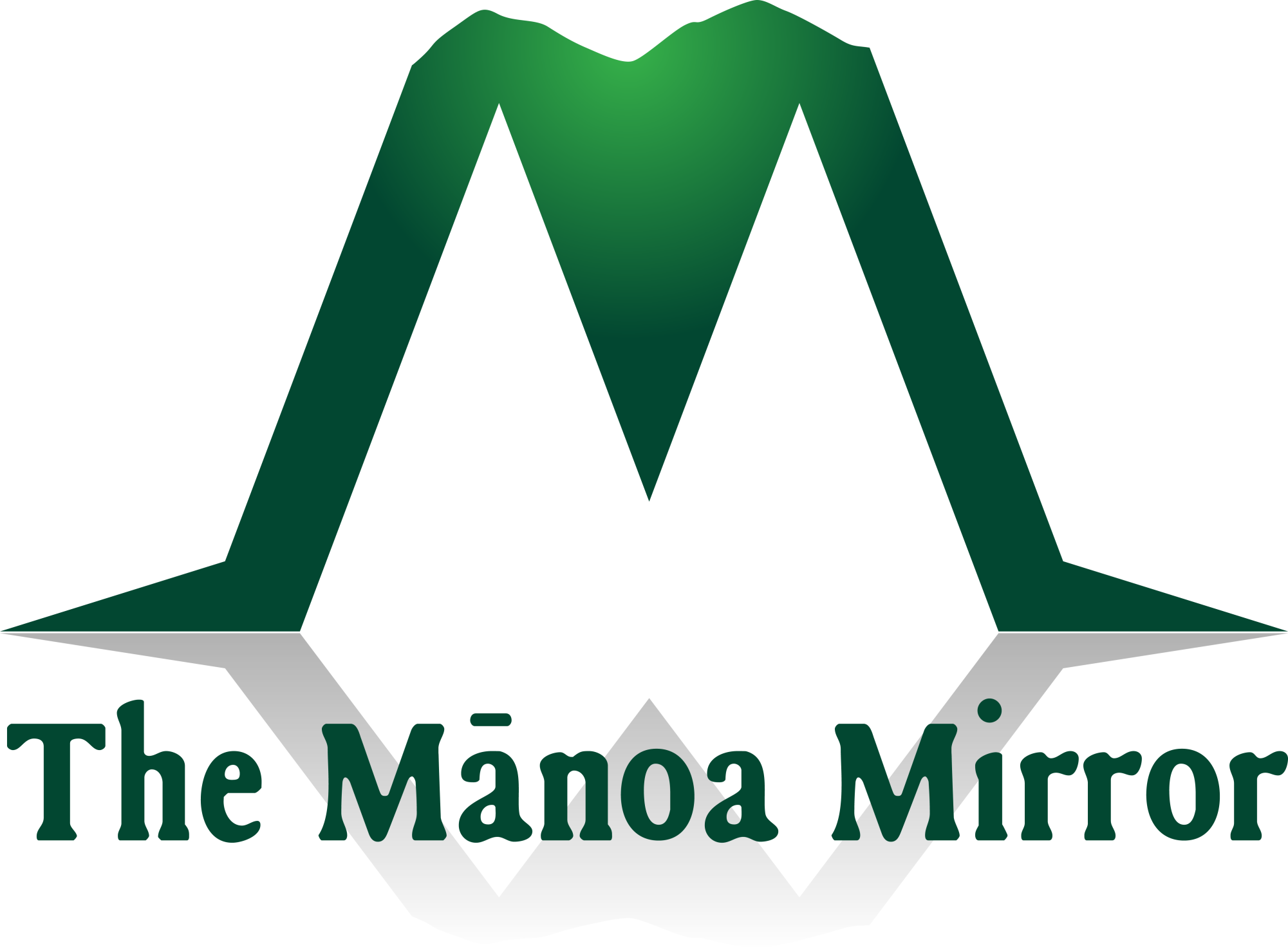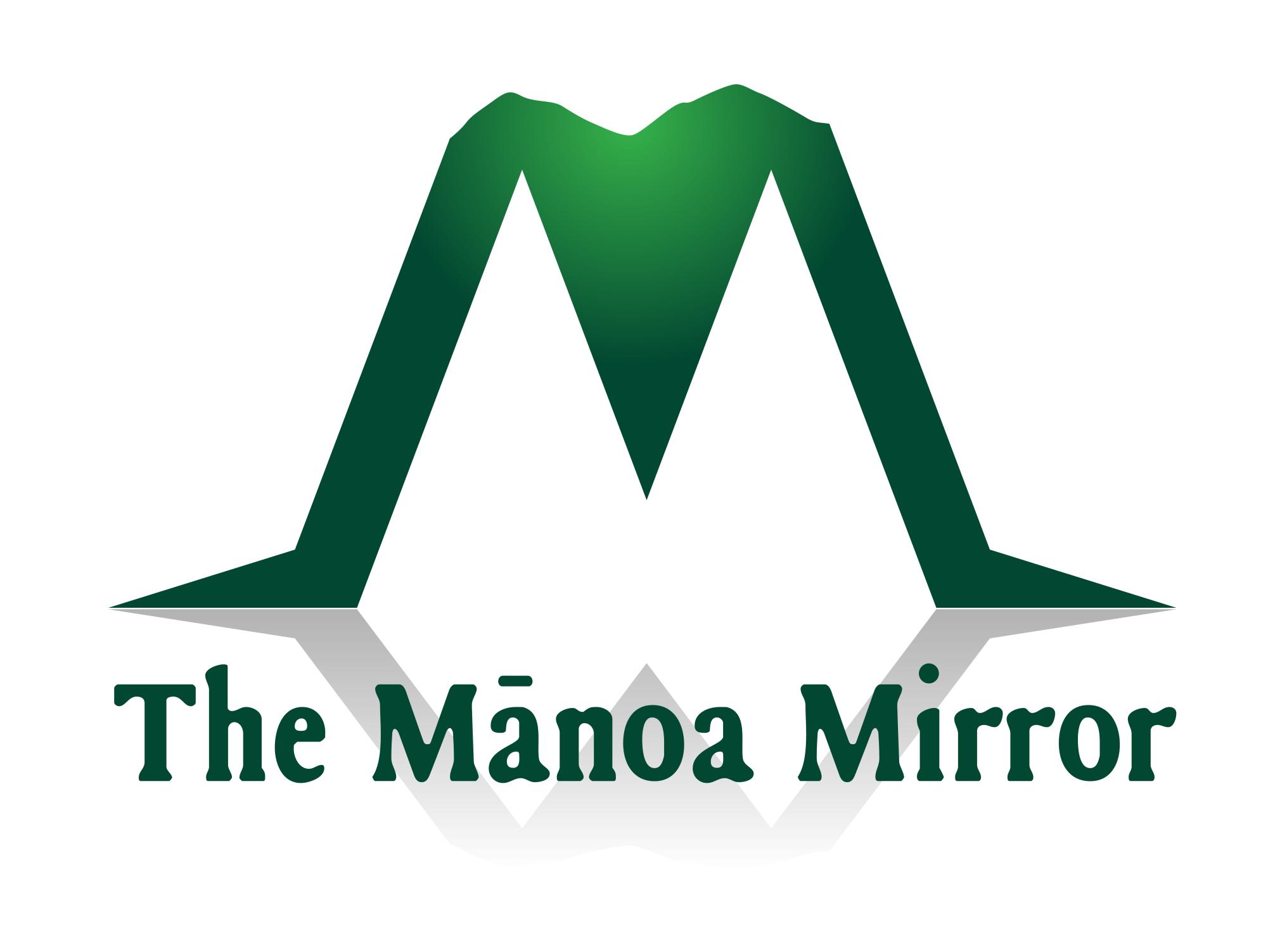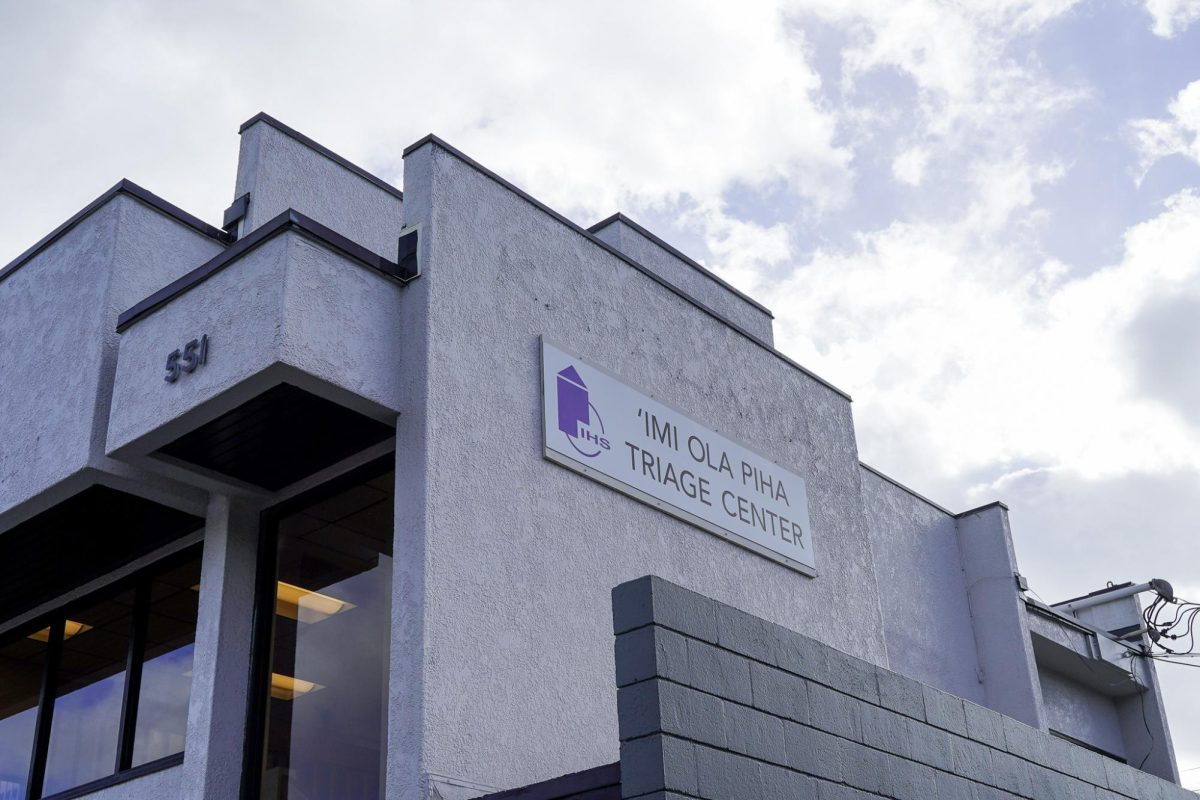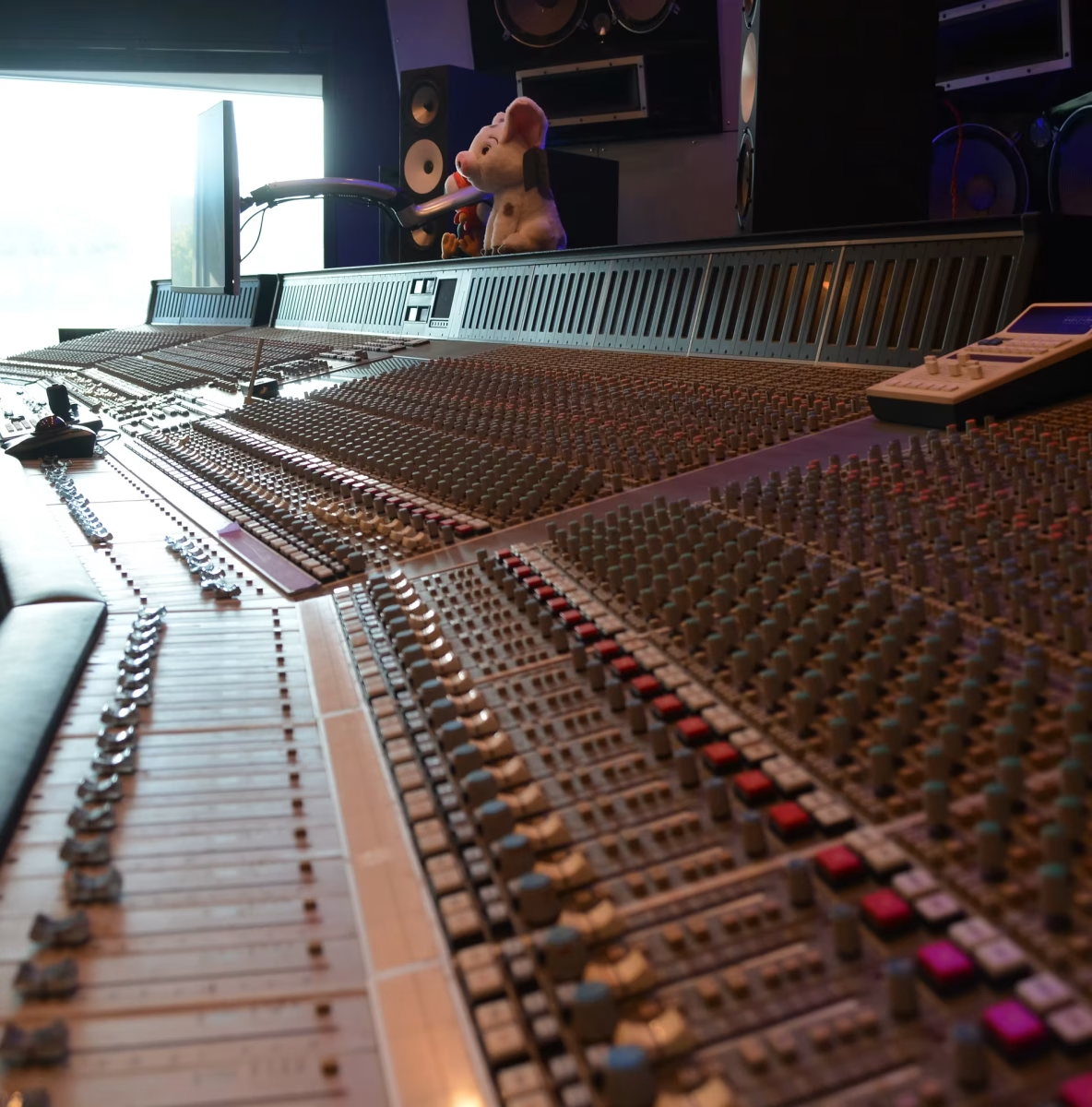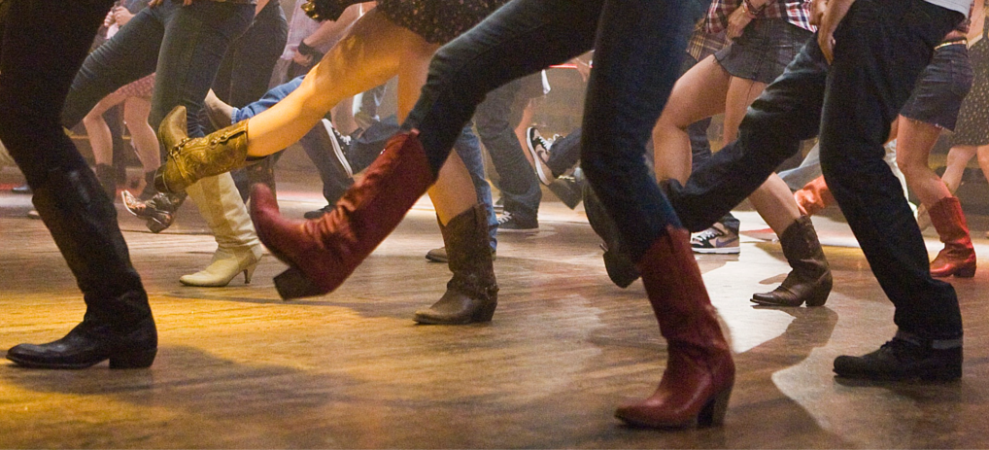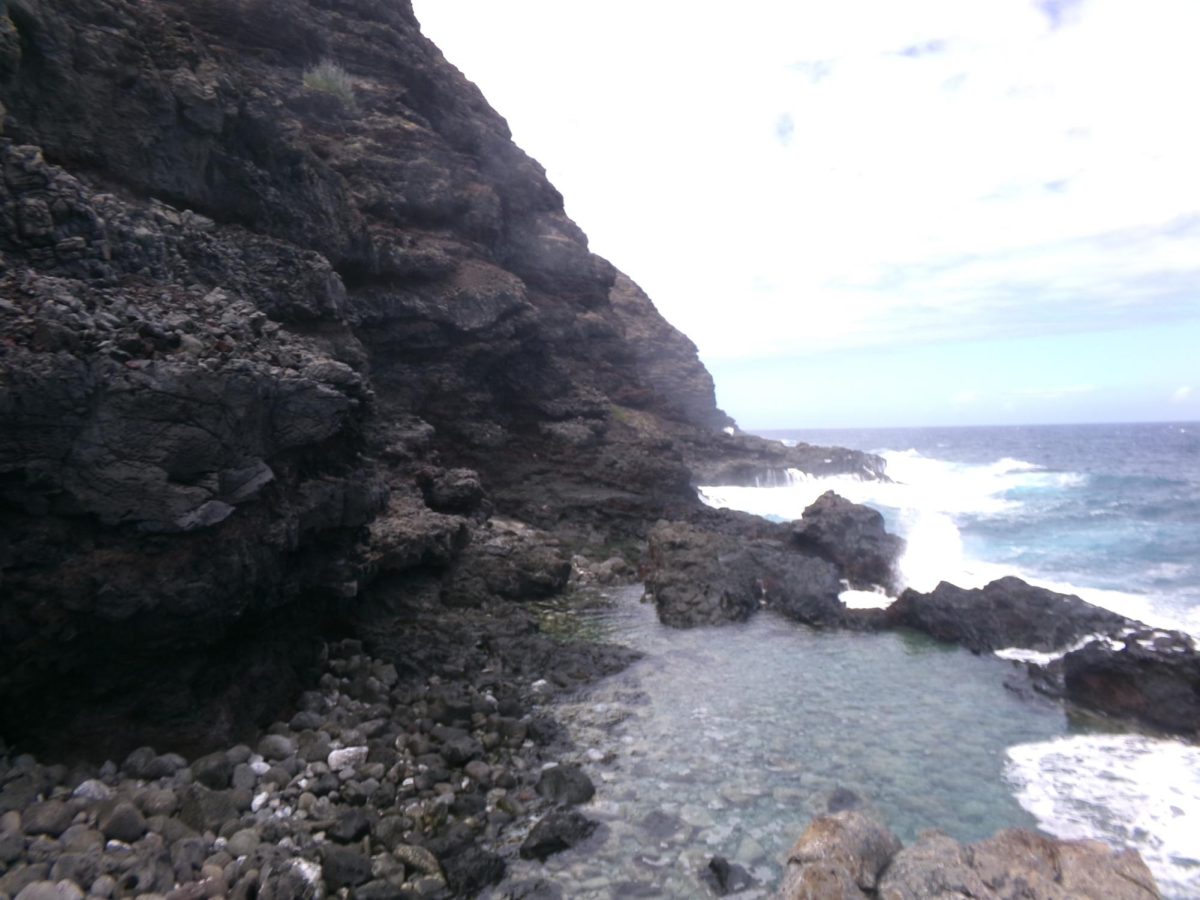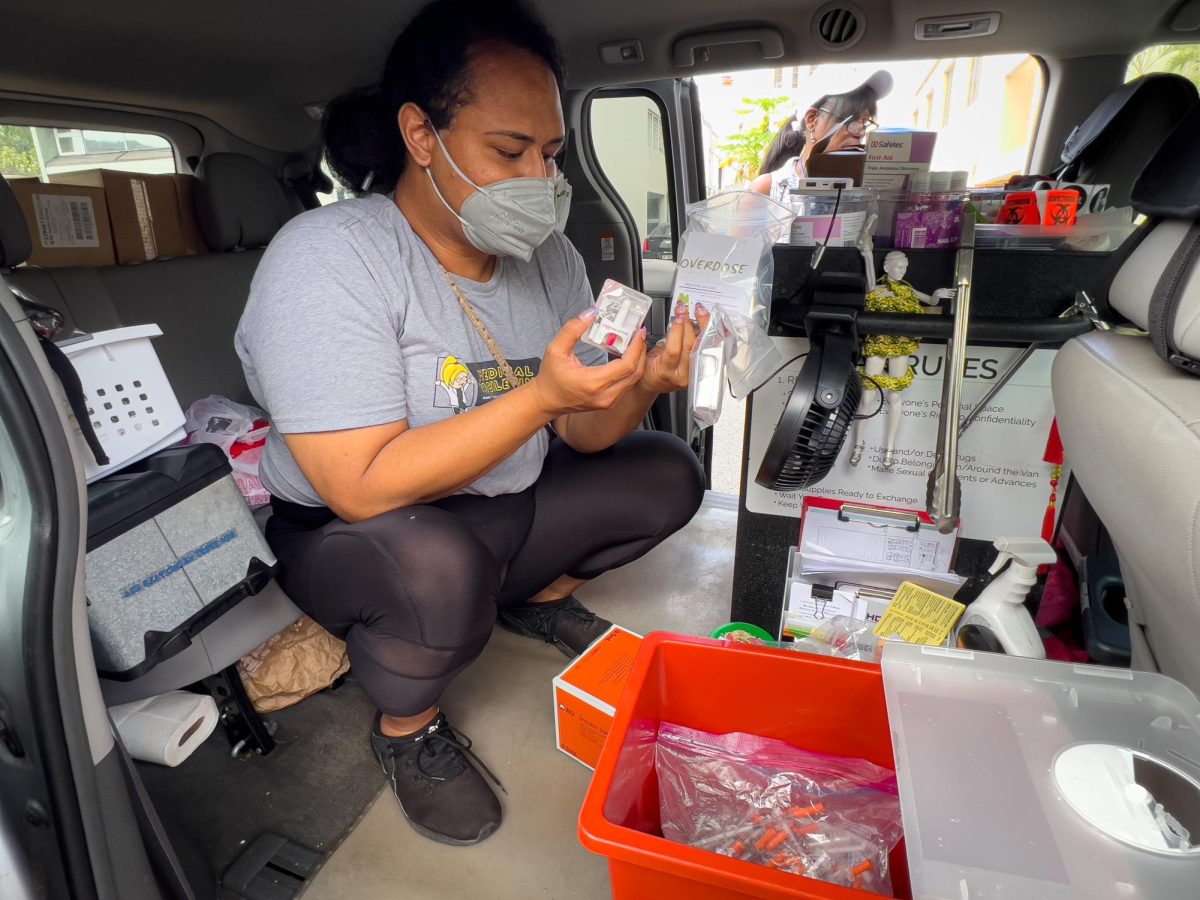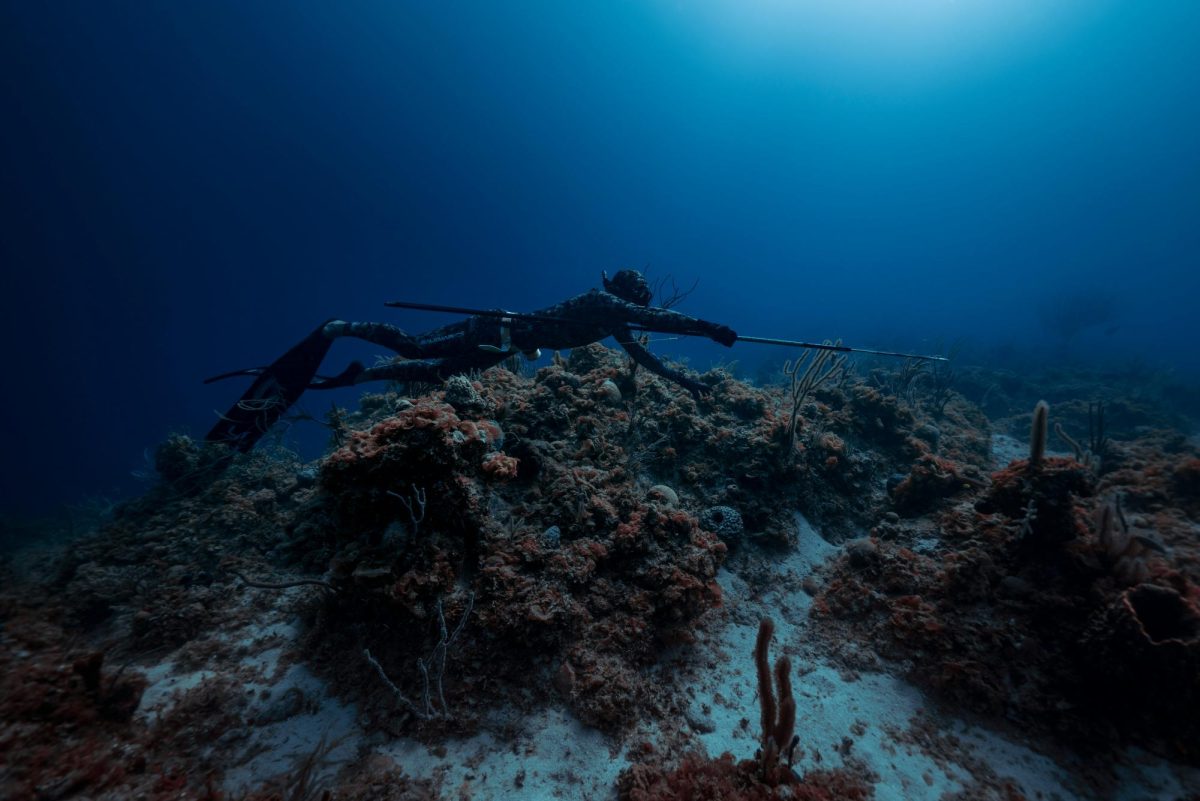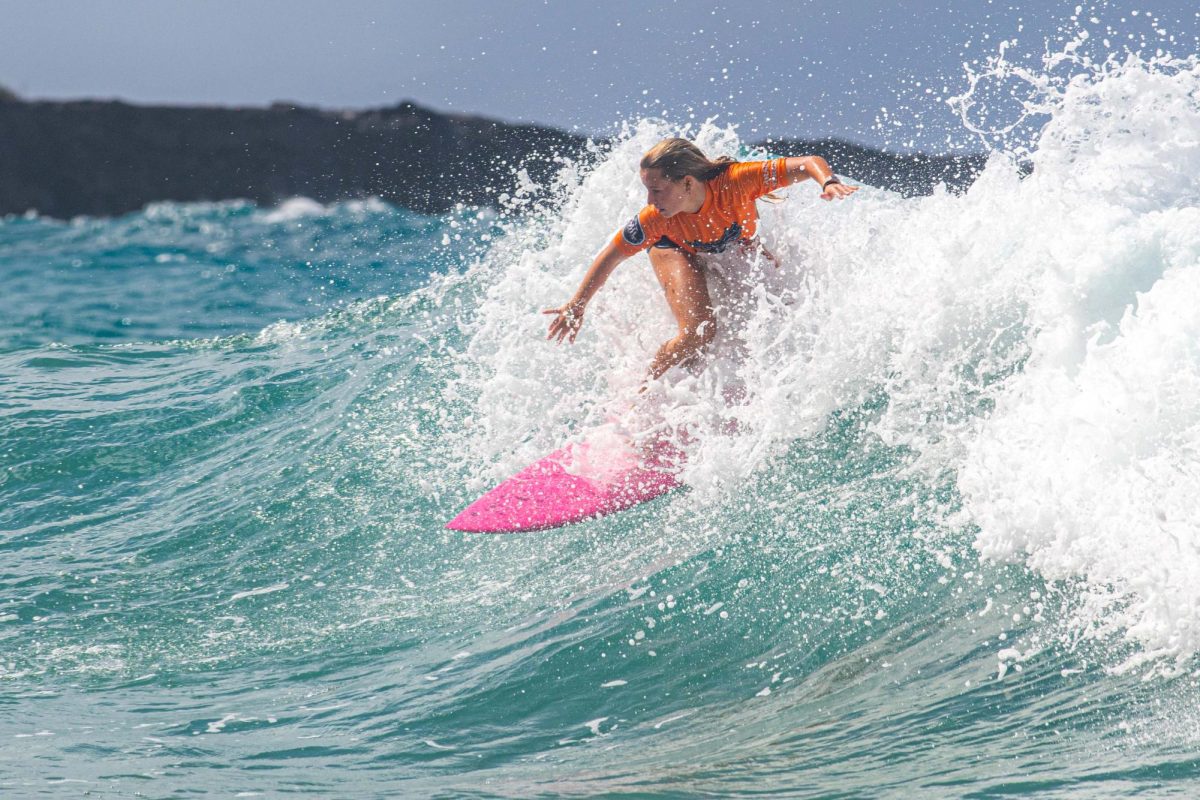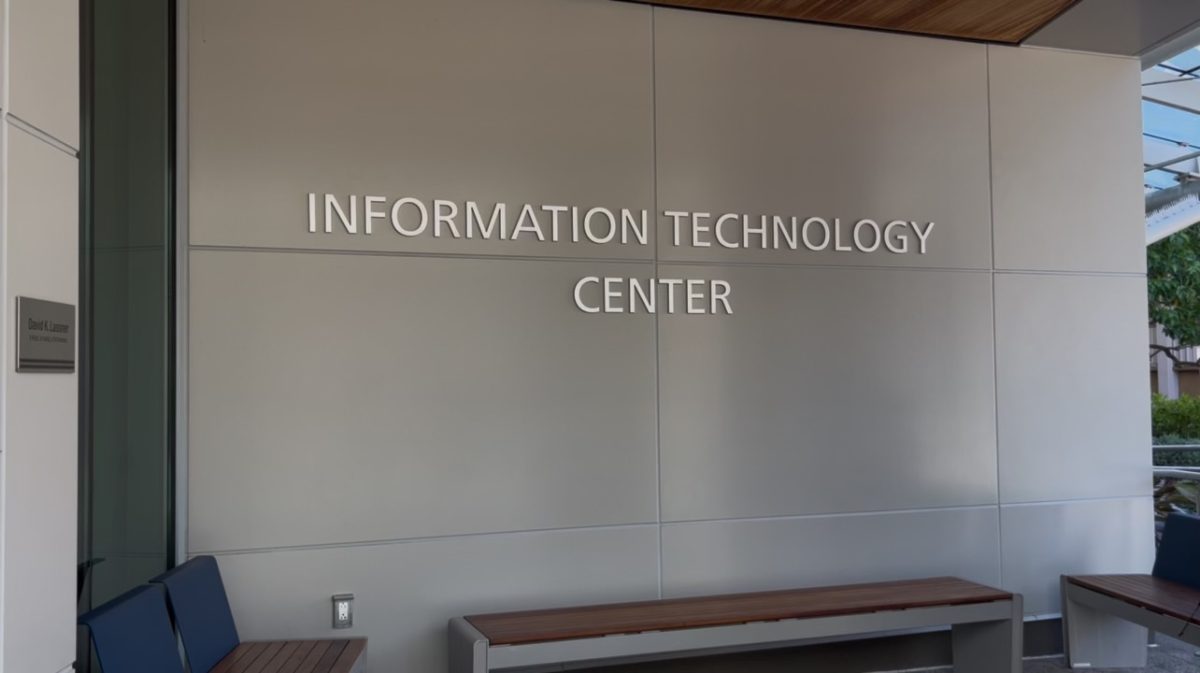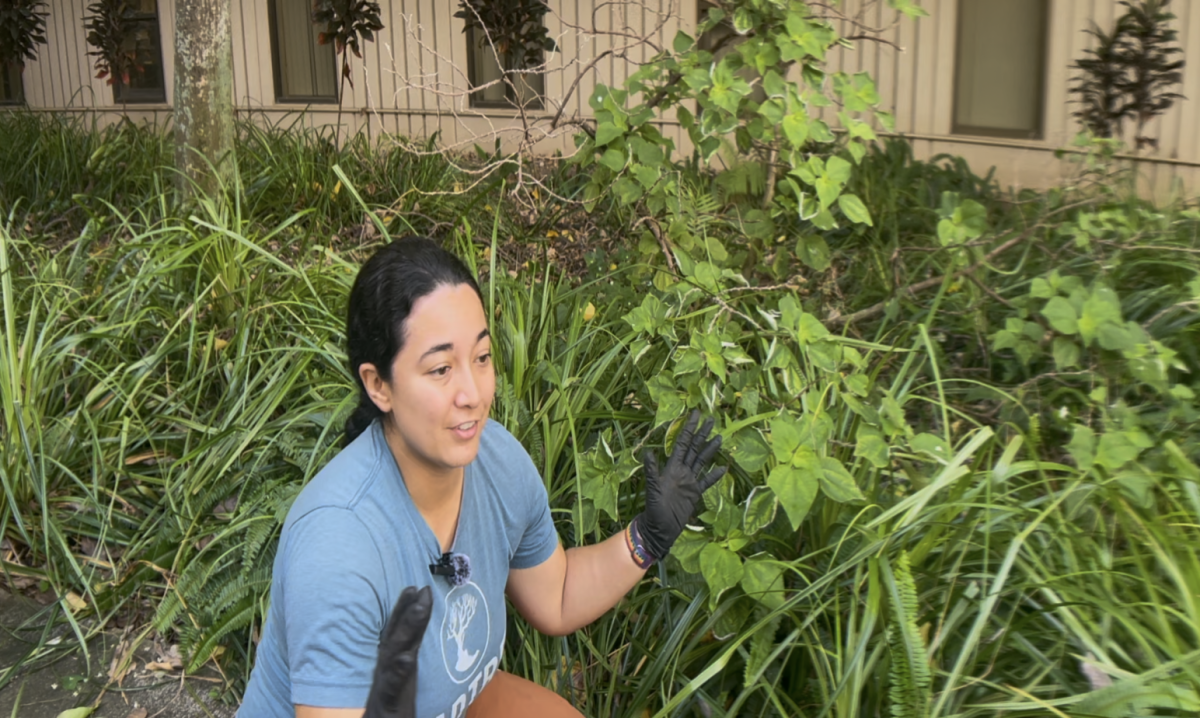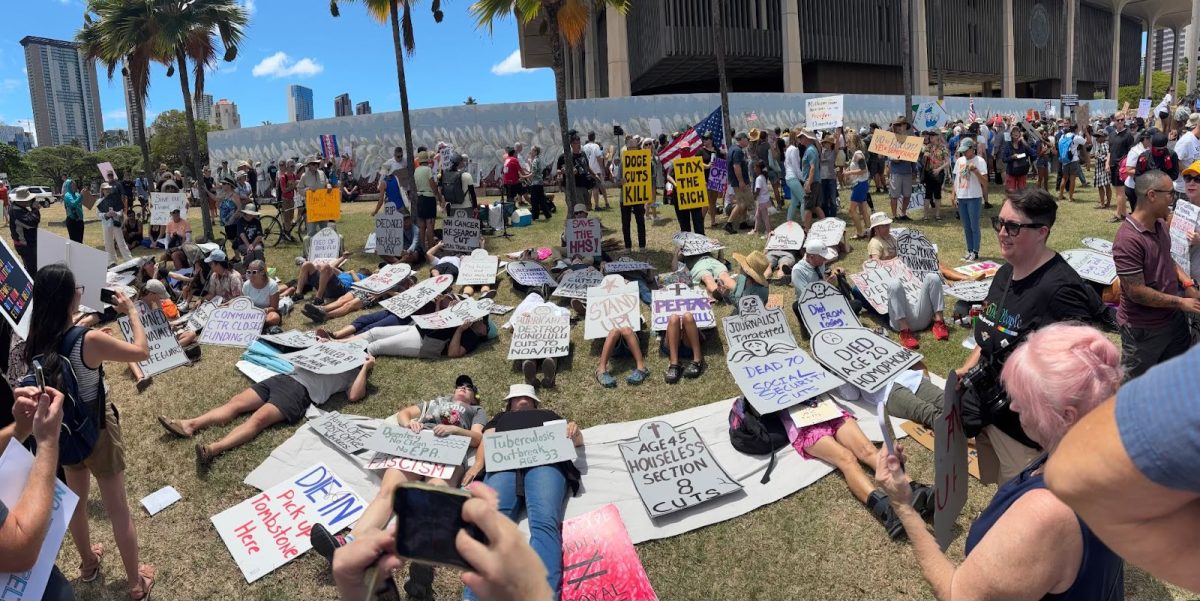State lawmakers have passed a bill that will eventually establish new treatment centers aimed at helping the state’s most at-risk residents.
The legislature finds that according to the 2024 Homeless Counts by State, Hawai’i is ranked fifth in the nation for highest rates per capita of homelessness. 40% were chronically homeless; 26% self-reported substance abuse problems; 33% self-reported a mental illness; 55% reported one or more disabling conditions; and 36% reported a physical, developmental, or other disability, according to the 2024 Oahu Point in Time Count.
The ʻImi Ola Piha Homeless Triage and Treatment Center, piloted by The Institute for Human Services (IHS) has been successful in lowering these statistics and helping homeless individuals off the street by facilitating the first step of detoxing from addiction to alcohol and other drugs, according to Angie Knight, community relations manager at IHS.
The bill will require appropriate funding for the Department of Health to establish a homeless triage and treatment center program to offer services for homeless individuals, especially those with substance abuse or mental health issues.
When it was first established in 2023, ‘Imi Ola Piha was the state’s only community-based medication-assisted detox center for homeless individuals, and the only ADAD (Alcohol and Drug Abuse Division) accredited community-based detox center.
Pedro Ortiz, who counsels veterans through the state Department of Veterans Services, testified in writing in favor of the bill. Ortiz said his clients struggle with PTSD, substance abuse and chronic health conditions.
“Without access to timely, specialized care, they remain trapped in a cycle of crisis and instability,” Ortiz wrote. “This bill offers a lifeline—a chance to heal, rebuild, and reclaim their dignity.”
Since then, the grant-in-aid funding, distributed early 2023 and the largest grant from the legislature at the time at $1.6 million, has been exhausted, and additional funding is now urgently needed, according to Knight.
“This isn’t just about keeping one program alive, it’s the promise of more centers like it,” Knight said. “It was created because there was a need in the community not being met, and that need still exists.”
Knight said IHS focuses on building rapport with chronically homeless individuals and individualized care.
“This makes success much more likely compared to going to a hospital,” said Knight.
According to Knight, IHS maintains a 78% program completion rate, meaning that 78% of individuals successfully complete their stay and transition into either supportive or permanent housing.
“The success of the ‘Imi Ola Piha the Triage and Treatment Center … demonstrates the power of collaboration and community-based care,” Ortiz wrote. “These results show that when we provide immediate access to care, we can break the cycle of homelessness and addiction.”
What sets the homeless triage and treatment center apart is its focus on medication-assisted detox, especially for individuals with co-occuring mental health and substance use issues—a distinction from typical behavioral health crisis centers, said Knight.
With eight beds available, stays typically range from six to 10 days, depending on the individual and their specific treatment plan.
As the Trump administration slashes federal funding, concerns about the budget have risen. This has added another layer of complexity to efforts to address homelessness and mental health issues in Hawai’i, where services like the Homeless Triage and Treatment Center rely on stable funding to serve those in need.
“Though it costs $1.4 million a year to operate, the center actually saves a substantial amount compared to what’s being spent on local resources like emergency responders and hospitals,” said Knight. “It primarily serves chronically homeless individuals—people who are frequent users of emergency rooms, police services, and ambulances—so this is actually at a very fraction of the cost to operate.”
